This episode of the podcast examines the history of the Fens, a region of wetlands in East Anglia in England. The Fenland primarily lies around the coast of the Wash in the Northern top of East Anglia.
The Fens are at or just above sea-level and, as with similar areas in the Netherlands, much of the Fenland originally consisted of wetlands which have been artificially drained since the Middle Ages and continue to be protected from floods by a system of drains, dams and pumps. Much of this work was carried out during the 17th century. With the support of this drainage and coastal protection system and because of its fertility, the Fens have become a major agricultural region in Britain for grains and vegetables.
The story of the reclamation of the fens is one of social unrest, design flaws, money problems and unintended environmental consequences. The guest on this episode of the podcast is Julie Bowring, a PhD candidate at Yale University and she is in the final stages of writing up a dissertation on the so-called Great Level of the Fens in Cambridgeshire, England.
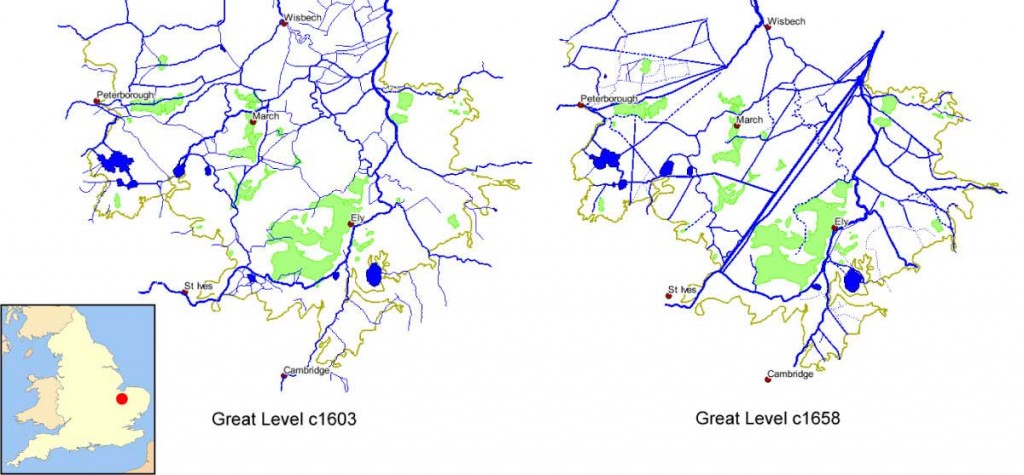
Development of the Great Level, 1503-1658. Map: Julie Bowring/Wikipedia
Website mentioned
Histories of Environmental change
Literature cited
H.C. Darby, The Draining of the Fens (Cambridge: Cambridge University Press, 1940)
Music credit
“The Pond ” by Chuck Berglund
Available from ccMixter
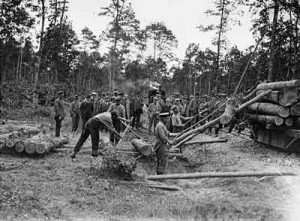
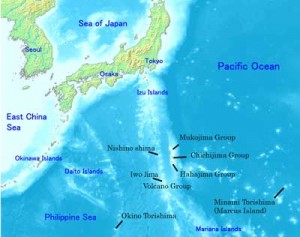
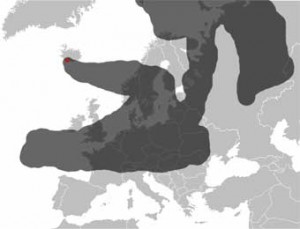
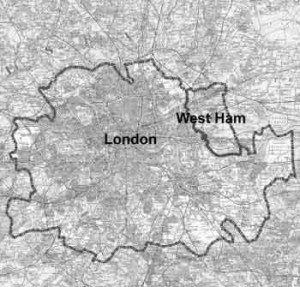


Recent Comments